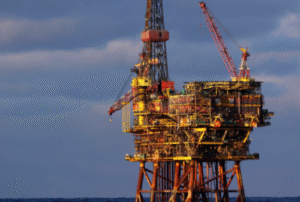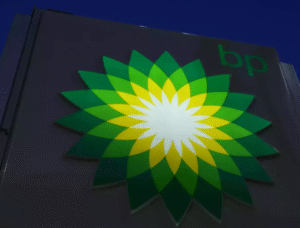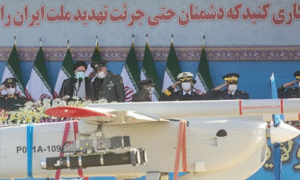$SUBCY $EQNR $OIL
#Subsea7 #Equinor #OffshoreEnergy #FEEDContract #Norway #OilAndGas #EnergyMarkets #EPC #Engineering #GlobalEnergy #OilStocks #DeepwaterDevelopment
Subsea 7, a key player in the subsea engineering and infrastructure sector, has secured a front-end engineering and design (FEED) contract from Equinor for its Fram Sør development project. This offshore oil and gas initiative, located in Norway, is anticipated to contribute meaningfully to the region’s energy output. The FEED study includes a provision for a possible engineering, procurement, construction, and installation (EPCI) option, showcasing the scalability and importance of this project. Such developments are significant, as they demonstrate continued investments in offshore oil development despite a broader global focus on energy transition.
This award underscores Equinor’s confidence in Subsea 7’s engineering expertise and execution capability, strengthening their long-standing relationship. Subsea 7 has proven itself to be a formidable partner in offshore energy projects, with its cutting-edge technological solutions and cost-effective designs. Should the project proceed to the EPCI phase, it could present substantial revenue streams, boosting Subsea 7’s earnings outlook in subsequent quarters. For Equinor, advancing projects like Fram Sør aligns with its strategic focus on maximizing output from its existing assets while also meeting Europe’s energy demands amidst fluctuating commodity prices.
The broader market impact of such contracts can be noticed in the surge of interest in offshore-focused oil and gas firms. Investors may look at $SUBCY and $EQNR stock movements closely this week, as the announcement signals potential growth in their respective pipelines. With the volatility in global energy markets, maintaining a balanced portfolio of oil investments remains a significant investment strategy. If oil prices stabilize or trend higher, projects like Fram Sør could generate lucrative margins, benefiting both Equinor and Subsea 7 shareholders.
Notably, the project’s location in Norway—a hub of offshore energy activity—places it in one of the most stable and investor-friendly jurisdictions globally. The continuous investment in such developments further highlights Norway’s prominent role in bolstering Europe’s energy security, especially as the continent seeks to diversify its supplies in light of geopolitical tension. For the energy sector, partnerships like these offer a barometer of project confidence, indicating where capital is directed at a time when energy transition strategies remain a key element of corporate agendas.







Comments are closed.